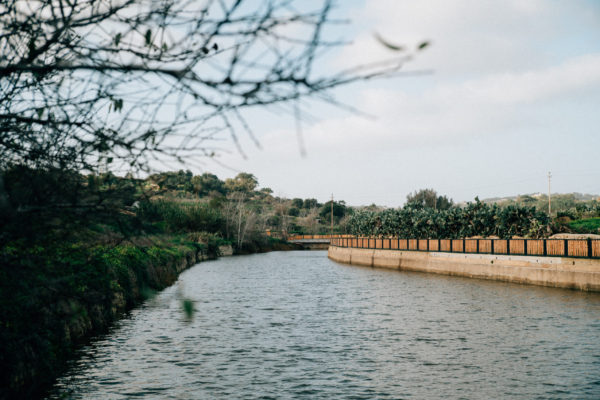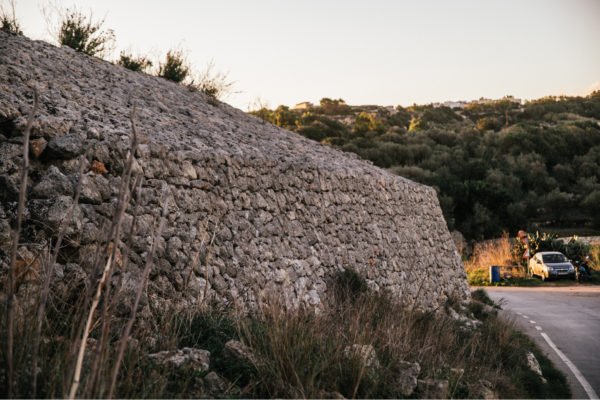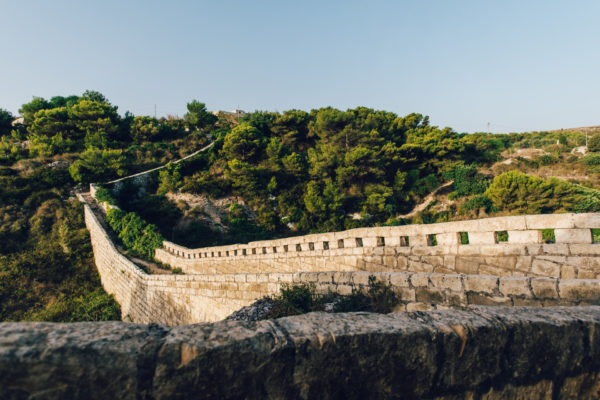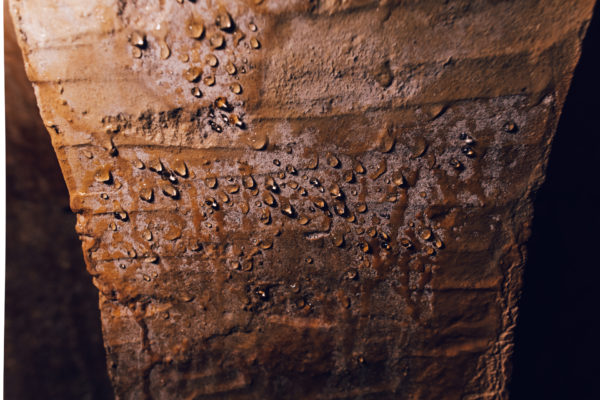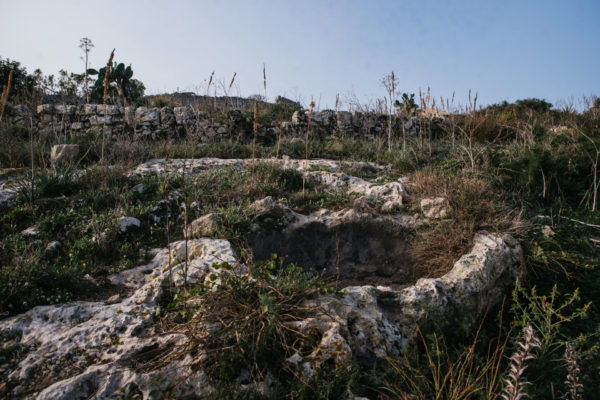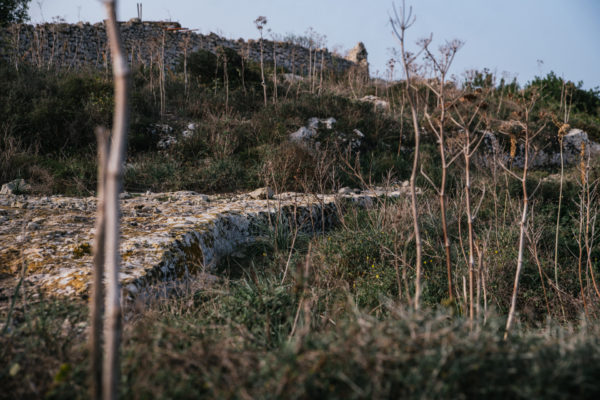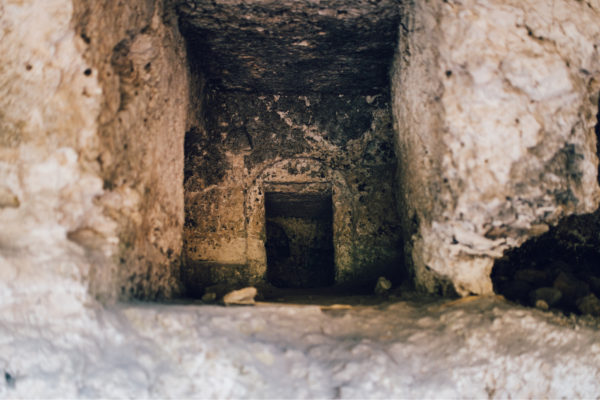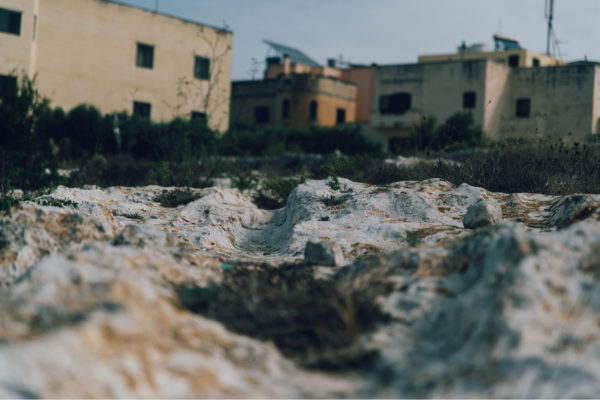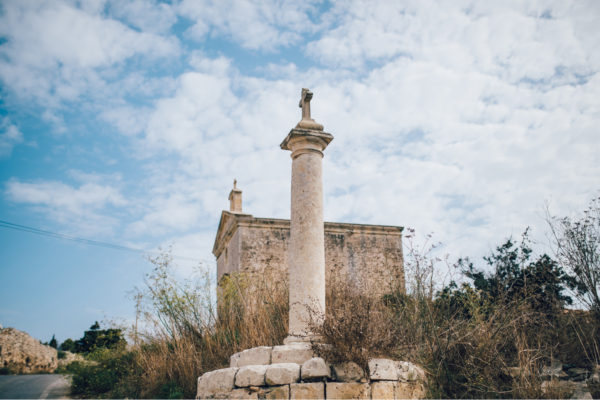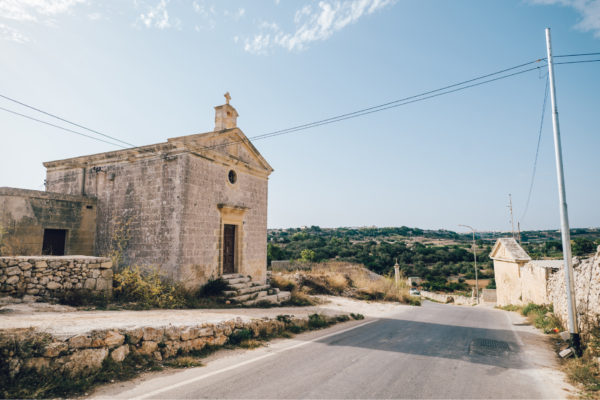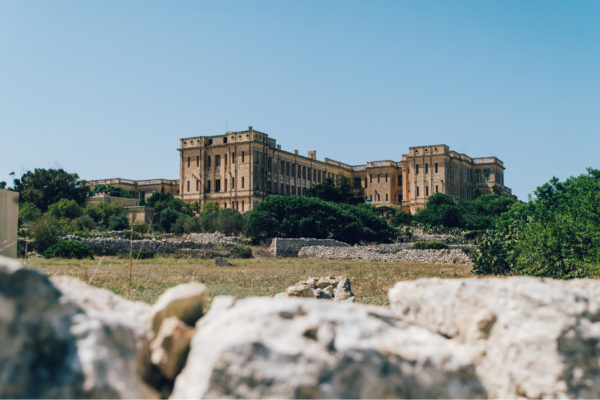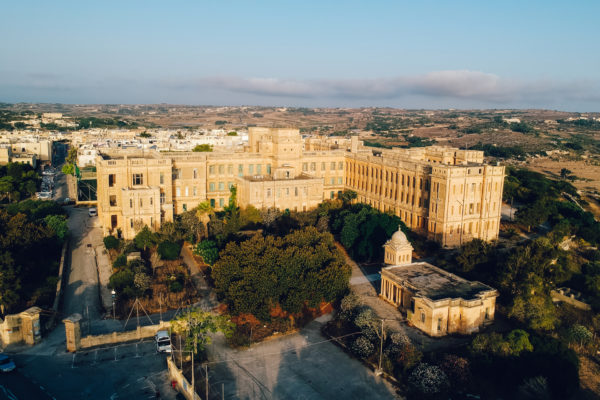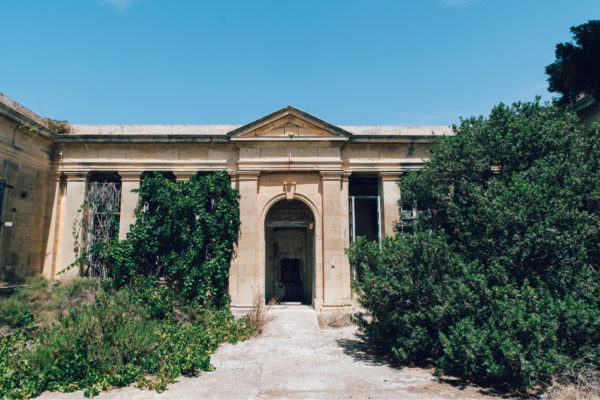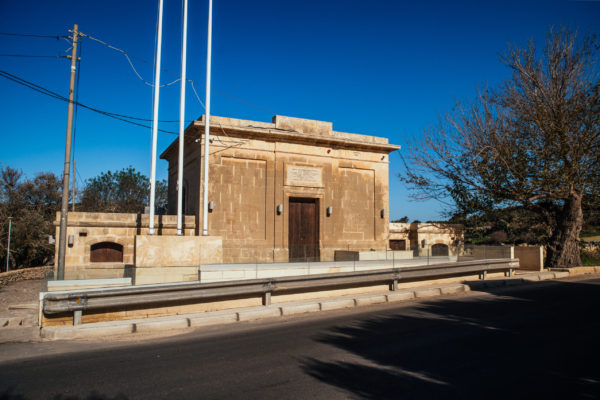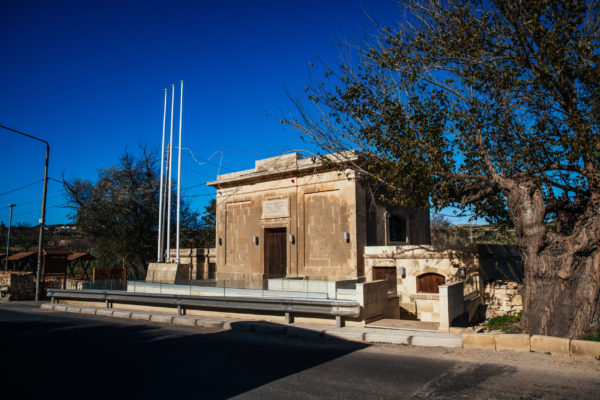
Chadwick lakes is a good place to see the White Wagtail. This is an insectivorous bird of open country, though it is also seen close to habitations and water. It can be seen searching for worms and insects in open spaces, especially close to farmhouses close to heaps of animal dung.
The White wagtail is one of different species of wagtails which have different upper parts and head pattern colours, and which are also recorded in the Maltese Islands.
The White wagtail is a slender bird 18 cm in length with a wingspan of 25 cm, weighing only 17.5 to 24.5 g. Its main characteristic is the constant wagging of the tail which has given the name to these birds.
It is very common in the Maltese Islands where it can be seen both during autumn and also in winter but in non-breeding plumage. Both male and female have a white chin, throat and breast, with some black mottling, with an olive-grey tinge on the crown and nape. During the breeding season the adult male has a black and white head, with a white forehead and head sides, bill and cheeks. The chin, throat and the rear crown are black.
The bird’s upper parts, mantle and scapulars to upper tail coverts are grey. The upper part of the wing is greyish-black with white patterns, and two white wing bars. The long tail is black with outer white edges.
From beneath the white wagtail is also black with a white belly. Its sides and flanks are pale grey. Its bill is black, with black-brown eyes and black legs and feet.
The female’s breeding plumage is slightly duller.
Its diet consists of terrestrial and aquatic insects and other small invertebrates, such as beetles, dragonflies small snails, spiders, worms, crustaceans, flies and maggots from dead animals.








